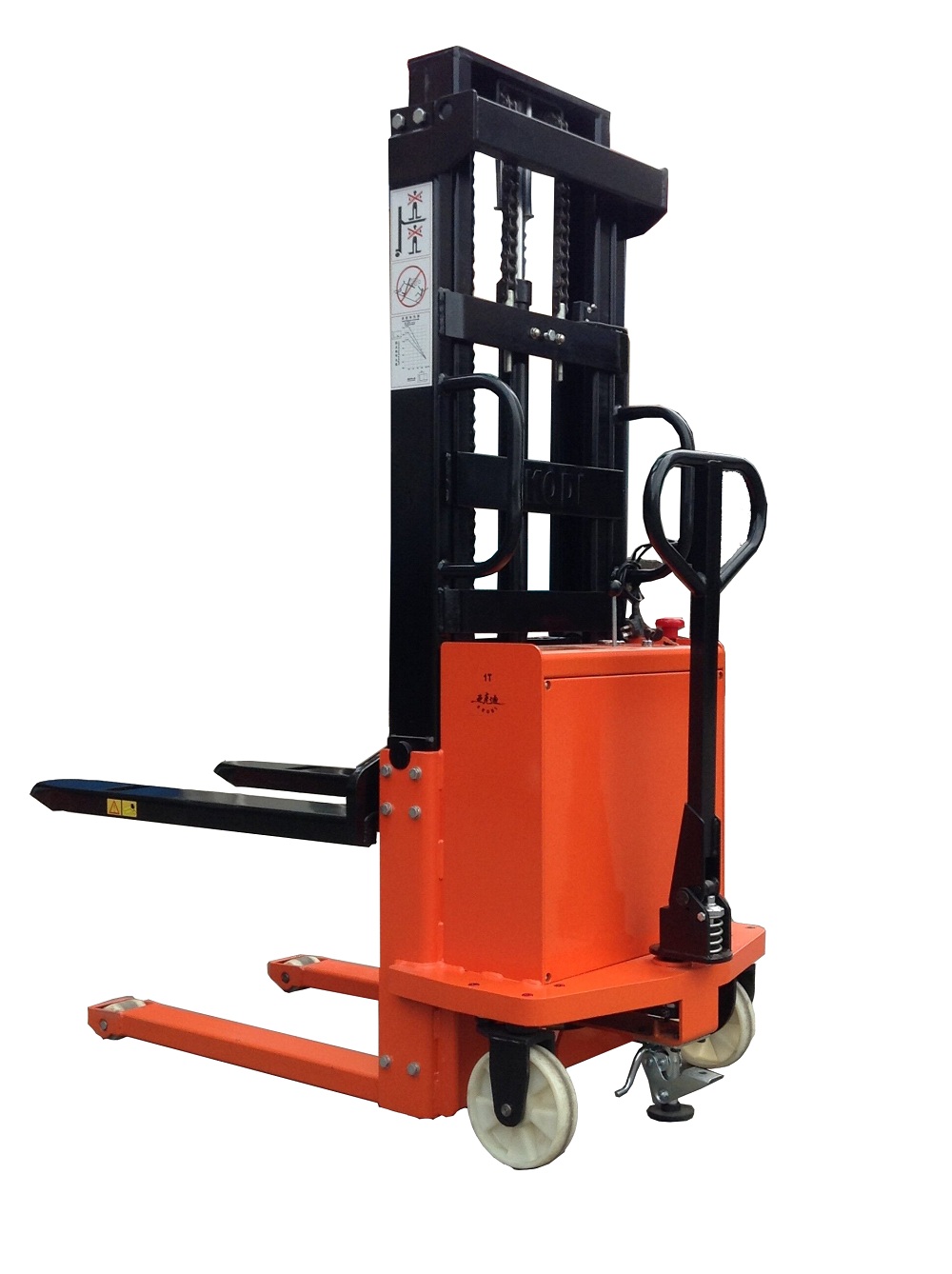Tsinghua University, Zhang Qiang, Angew. Chem. Int. Ed.: Regulate Lithium-Ion Solvated Layers, Enhances Lithium Metal Battery Stability
ã€introduction】
The rapid development of new energy electric vehicles and portable electronic devices has greatly promoted the society's demand for safe, high-specific energy storage systems. Among many anode materials, metallic lithium is the best choice for anode materials because of its high theoretical specific capacity (3860 mAh g?1) and low electrode potential (3.040 V vs. standard hydrogen electrode). However, lithium is chemically active and easily reacts with the electrolyte to form a solid electrolyte interface film (SEI) on the surface of the lithium negative electrode. Due to the composition and structural heterogeneity of SEI, lithium is likely to generate dendrites during the deposition process, resulting in problems such as electrolyte loss, electrode powdering, and volume expansion, resulting in its inability to be applied to commercial batteries. Therefore, regulating the uniformity of SEI, inhibiting the formation of lithium dendrites, and enhancing the cycling stability of lithium metal batteries have become the main challenges of the moment.
[Introduction]
Recently, Professor Zhang Qiang's group at Tsinghua University adjusted the composition and structure of lithium ion solvation layers in liquid electrolytes to improve the uniformity of SEI and lithium deposition, thereby enhancing the cycling stability of lithium metal batteries in liquid electrolytes. In the liquid electrolyte, the components of SEI are mainly derived from the solvating layer of lithium ions. Therefore, regulating the lithium ion solvation layer can significantly improve the uniformity of SEI and suppress the formation of lithium dendrites. In this work, fluoroethylene carbonate (FEC) and lithium nitrate (LiNO3) were simultaneously introduced into the electrolyte through the solvation of the ether ester mixed solution to change the composition and structure of the solvating layer of lithium ions, thereby generating a LiF-rich layer. The SEI of LiNxOy enhances the uniformity of the SEI and achieves uniform lithium deposition morphology. The use of the electrolyte in buttons and soft pack batteries can achieve high coulombic efficiency and long cycle life, and can operate stably under low temperature and high temperature conditions, greatly improving the cycling stability of lithium metal batteries. Molecular dynamics and first-principle calculations have further revealed the composition and structure of the solvating layer of lithium ions in the novel electrolyte, which has enhanced the understanding of the solvating layer at the molecular level and provided the design for the electrolyte afterwards. New ideas. Related results were published in Angew under the title "Highly Stable Lithium Metal Batteries Enabled by Regulating the Solvation of Lithium Ions in Nonaqueous Electrolytes." Chem. Int. Ed. on.
[Introduction]
figure 1. In situ optical microscopy for lithium deposition
a) EC/DEC and b) Lithium deposition morphology in FEC/LiNO3 electrolyte with a deposition current density of 1.0 mA cm-2.
figure 2. Li | Electrochemical properties of LiFePO4 button and soft pack batteries
Electrochemical properties of LiFePO4 button and soft battery in EC/DEC or FEC/LiNO3 electrolyte. a) Cyclic performance and coulombic efficiency of LiFePO4 button cell at 0 C rate. b) Li | LiFePO4 soft-packed battery cycle performance at 2 C rate, soft pack batteries use 50 μm thick lithium foil as negative electrode. c) Voltage-capacitance curve of Li | LiFePO4 button cell. d) Electrochemical impedance spectroscopy (EIS) of Li | LiFePO4 button cell. e) Specific capacity and Coulombic efficiency at different magnifications for LiFePO4 button cells at 10°C. f) Li | LiFePO4 button cells at 60 °C high temperature performance and coulombic efficiency.
Akodi designs and manufactures our reliable semi electric stackers. It has high power lift motor to provide smooth lifting and lowering. Our semi-electric pallet Stacker gives a cost-effective solution for Material Handling Equipment. This semi electric forklift also has many safety features to ensure operator`s safety.
- High power lift motor: smooth lifting and lowering, cost-effective
- Forklift mast wheel, sprocket, chain, and bearings: increased work efficiency, eliminating costly repair
- Parking brake: steady operation, ensured personnel safety
- Removable masts and forks: lowering logistics costs, easy to repair and maintenance
- Emergency stop: improves operator safety
- Optional: adjustable front legs

|
Measurement/ Model |
AKCDSD10 |
AKCDSD20 |
AKCDSD30 |
|
|
Capacity (Q) |
Kg |
1000 |
2000 |
3000 |
|
Load center (C) |
mm |
500 |
500 |
500 |
|
Turning radius (Wr) |
mm |
1350 |
1350 |
1350 |
|
Max. lift height (h) |
mm |
1600/2000/2500 |
1600/2000/2500 |
1600 |
|
Min. height (h1) |
mm |
80 |
80 |
80 |
|
Fork size |
mm |
1070×160 |
1070×160 |
1070×160 |
|
Overall fork width |
mm |
680 |
680 |
680 |
|
Fork min. height |
mm |
25 |
25 |
25 |
|
Overall width (b1) |
mm |
780 |
780 |
780 |
|
Overall length (L) |
mm |
1655 |
1655 |
1655 |
|
Overall height (h4) |
mm |
2075/1575/1825 |
2075/1575/1825 |
2075 |
|
Battery capacity |
V/A |
12V/105 Ah |
12V/105 Ah |
12V/105 Ah |
|
Charger |
V/A |
BC12V/15A(Internal) |
BC12V/15A(Internal) |
BC12V/15A(Internal) |
|
Driving Method |
|
Walk |
Walk |
Walk |
|
weight |
Kg |
350-420 |
420-500 |
520 |
Semi Electric Stackers,Semi-Electric Pallet Stacker,Material Handling Equipment,Semi Electric Forklift
Akodi Intelligent Robot Technology Co., LTD , https://www.akodiforklift.com